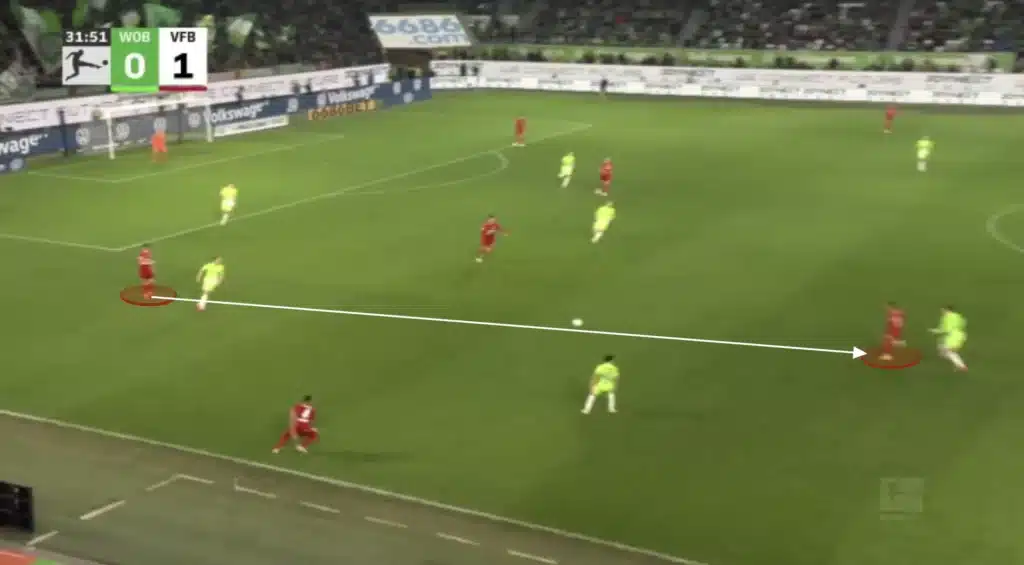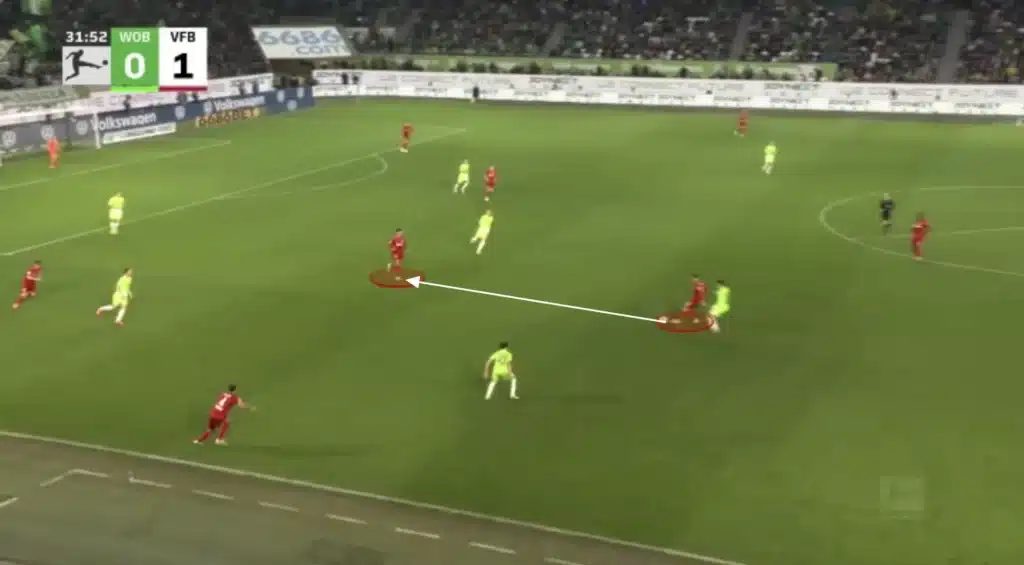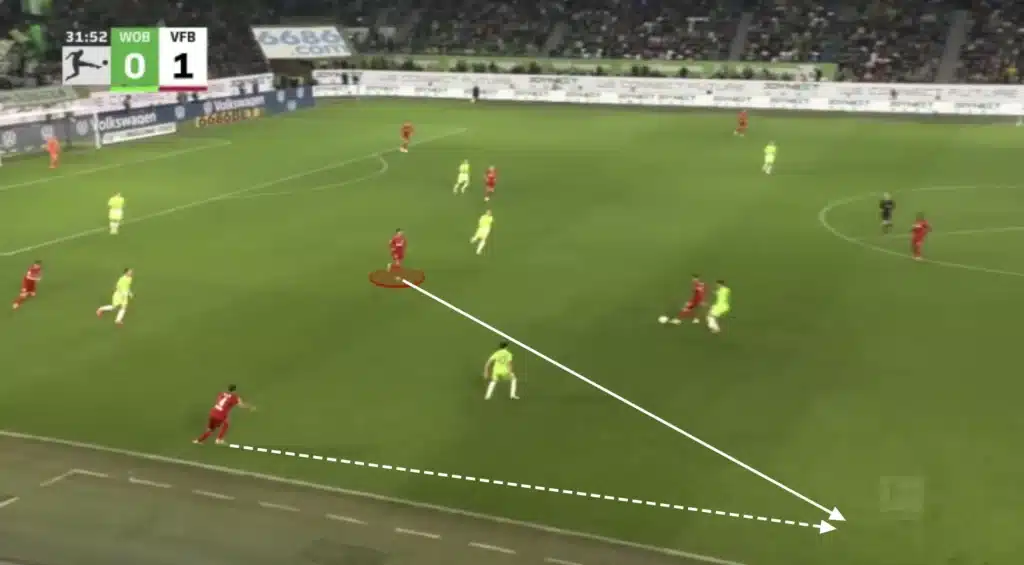Breaking down compact, well-organized defenses is one of football’s toughest challenges. One proven solution is the “Up, Back, and Through” pattern—a quick, fluid passing sequence that disrupts defensive shape and creates space. In this article, we’ll explore how this tactic works, why it’s effective, and how teams use it to unlock stubborn back lines.
What is “Up, Back, and Through”?
The “Up, Back, and Through” principle is a combination of three simple but highly effective passes used to move the ball quickly through midfield and into attacking areas. The sequence generally follows this pattern:
1. Up – The ball is played forward into an advanced position, often to a player higher up the field, such as a central forward or an attacking midfielder. The initial pass can be made into space or directly to a player’s feet, depending on the situation.

2. Back – The player receiving the ball in the advanced position lays the ball off to a supporting teammate, who has positioned themselves nearby. The key point here is that the ball is played back—not to retreat but to draw defenders out of their position and create space for the next phase of the attack.

3. Through – Once the ball is played backward, the supporting player can then play a through pass to the player making a forward run or into space behind the defensive line. This is where the attack becomes dangerous, as defenders are now out of position, and the attacking player can capitalize on the space created by the previous passes.

The purpose of this sequence is to disrupt the defensive structure, force defenders to shift out of position, and create opportunities for attackers to make runs into areas where the defense is weak. It’s a methodical approach that relies on quick passing, movement off the ball, and awareness of space and timing.
Key Principles of “Up, Back, and Through”
Timing and Movement
The success of this pattern relies on sharp timing and coordinated movement. The initial “Up” pass must come at the right moment, while the receiver quickly lays it “Back” and begins a new run. The supporting player then looks to play the “Through” ball into space before the defense can recover.
Quick Passing and Fluidity
In addition, rapid one- or two-touch passing is essential. By doing so, it prevents defenders from reorganizing and forces them into uncomfortable positions. As a result, gaps are more likely to appear in the defensive line, increasing attacking opportunities.
Disrupting Defensive Shape
The “Back” pass isn’t a retreat—it draws defenders out of position. This creates temporary gaps that the “Through” ball can target. A quick switch of direction at this stage is often enough to break the defensive line.
Exploiting Space in the Final Third
Ultimately, the goal is to create space behind the defense. When executed correctly, a well-timed run combined with a precise through ball can lead to a clear shot, cross, or high-quality chance in the final third.
The Role of Players in “Up, Back, and Through”
Initial Passer (Up): Usually a midfielder or fullback, this player looks to play the first forward pass to start the attacking sequence.
Receiver (Back): Positioned higher up the pitch, they lay the ball off quickly, helping draw defenders out of shape while staying aware of space and pressure.
Supporting Player (Back): Receives the layoff and looks to play the decisive “Through” pass, exploiting gaps left by the shifting defense.
Attacker (Through): Times their run behind the defense to receive the final pass and finish the move, whether through a shot, cross, or further combination.
Tactical Benefits of “Up, Back, and Through”
- Breaking Defensive Blocks: The most immediate benefit of “Up, Back, and Through” is its ability to break through compact defensive structures. By moving the ball quickly and intelligently, the attacking team can stretch the defense and create openings.
- Creating Numerical Superiority: The quick passing and movement draw defenders out of position, which allows attackers to have more space and, in many cases, a numerical advantage over the defense. This makes it easier to exploit weak points in the defense.
- Promoting Fluid Attacking Play: “Up, Back, and Through” encourages fast, fluid play. Unlike static possession football, this tactic keeps defenders guessing and forces them to adjust quickly. The unpredictability of this style of attack makes it difficult to defend against, especially when players are capable of making intelligent runs and passes.
- Enhancing Counter-Attacking Play: The “Through” ball is particularly useful in counter-attacking situations, where speed and precision are key. The ball is played into space quickly, allowing attackers to exploit the disorganized defense and move towards goal in an efficient manner.
Conclusion
“Up, Back, and Through” is a powerful tactical tool that can help teams break down even the most well-organized defenses. By moving the ball quickly and intelligently, teams can disrupt defensive structures, create space, and deliver effective attacking opportunities. The key to mastering this tactic lies in the timing of passes, the movement off the ball, and the ability to read the game. When executed properly, “Up, Back, and Through” offers teams a direct route to goal, making it an essential strategy in modern football.
